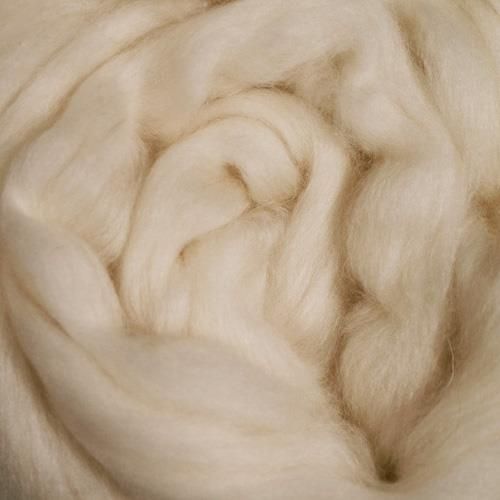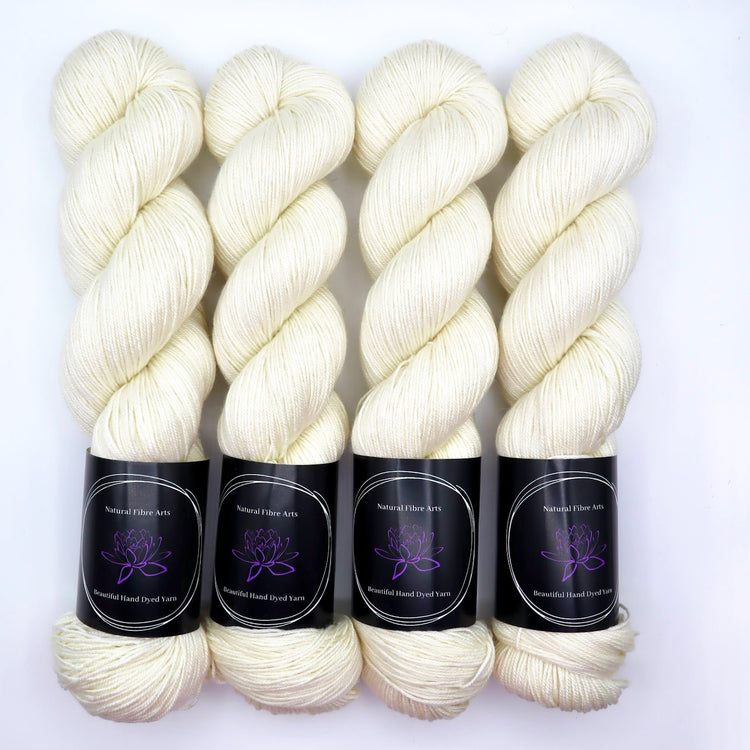Is Cashmere a Natural Fiber? Exploring Its Pure Origins and Uses
Is Cashmere a Natural Fiber? Exploring Its Pure Origins and Uses
Blog Article
Exploring the Different Sorts Of Cashmere a Natural Fiber for Ultimate Deluxe
Cashmere, an all-natural fiber, is typically connected with deluxe and convenience. Not all cashmere is developed equal. From the richly soft Mongolian range to the lightweight heat of Indian Pashmina, each kind provides its very own special attributes and allure. The a lot more cost effective Chinese cashmere, the typical Scottish version, and the high-end Italian mix, all inform a different story of this remarkable fiber. As we untangle the world of cashmere, a deeper understanding of its true worth and refinement begins to emerge.
Comprehending the Glamorous Nature of Cashmere
Cashmere, usually connected with high-end and convenience, holds a distinct appeal worldwide of natural fibers. This soft, lightweight product is fancied for its exceptional heat and impressive longevity. Unlike various other all-natural fibers, cashmere combines insulation with breathability, using unparalleled comfort across varying temperatures. Its lustrous finish and soft structure contribute to its high-end allure, justifying the premium rate that frequently comes with cashmere garments. Additionally, cashmere's intrinsic wrinkle resistance and elasticity boost its desirability, making it a favored choice for premium clothing and devices. Despite its delicate look, cashmere possesses a shocking resilience, able to retain its form and glamorous feeling in time. This unique blend of features seals cashmere's position as a sign of beauty and indulgence.
Just What Is Cashmere and Where Does It Originate from?

Provided these outstanding top qualities, one may question about the beginning and makeup of this lavish fiber. Cashmere is derived from the soft undercoat of cashmere goats, largely found in Mongolia, China, Iran, and Afghanistan - is cashmere a natural fiber. These goats are adapted to severe climatic problems, creating an incredibly great, soft underfur as a protection versus the bitter cold. This underfur, or undercoat, is what is gathered for cashmere. Each spring, when the goats naturally dropped their winter season layer, farmers comb the fine underhair, leaving the coarser hair behind. This thorough process adds to the shortage and high cost of cashmere. With its origin in the rough landscapes of Asia, cashmere is a testament to nature's capability to generate deluxe from misfortune.
Translating the Various Sorts Of Cashmere
Recognizing the various kinds of cashmere is crucial to valuing the high quality and one-of-a-kind characteristics of this luxurious fabric. Normally, cashmere is classified right into 3 types: raw, virgin, and recycled. Raw cashmere is straight gotten from the goat and is unprocessed. This kind usually consists of contaminations such as dirt and coarse hair. Virgin cashmere, on the other hand, is the pure, unrecycled product that is rotated into yarn for the first time. It is the softest and most glamorous. Finally, recycled cashmere is made from virgin product that has actually been formerly made use of. It is re-spun and used in generating lower-cost cashmere products. Decoding these cashmere fibre types is the primary step in recognizing the exclusivity and worth of cashmere.

The Unique Attributes of Each Sort Of Cashmere
Having checked out the various groups of cashmere, it comes to be apparent that each type flaunts its unique set of characteristics. Mongolian cashmere, for circumstances, is renowned for its exceptional top quality, due to Mongolia's extreme winters months that generate longer and finer fibers. Alternatively, Chinese cashmere is usually extra inexpensive, though its shorter fibers can minimize toughness.
Why Cashmere Is the Epitome of High-end in Style
Cashmere holds a well-regarded setting in the globe of fashion, regarded as a symbol of high-end and sophistication (is cashmere a natural fiber). Cashmere is acquired from the great undercoat of Himalayan goats, recognized for their exceptional quality fiber. Cashmere's unparalleled convenience and durability make it an in-demand material in the production of premium garments.
The Process of Making Cashmere: From Goat to Garment
The journey of cashmere, from being an undercoat of a Himalayan goat to an extravagant garment, is an elaborate one. This mix is then fastidiously separated, with just the soft down used for cashmere. From goat to garment, each step is a testimony to the patience, skill and virtuosity involved in crafting cashmere.

Conclusion
Finally, cashmere, with its natural beauty and unequaled comfort, preponderates in the globe of high-end style. The diversity in kinds, varying from the soft Mongolian, lightweight Indian Pashmina, budget-friendly Chinese, typical Scottish, to the colorful Italian, exposes the flexibility of this all-natural fiber. The scrupulous process of changing it from a goat to a garment better includes in its exclusivity, making cashmere the embodiment of class and high-end.
Cashmere, a natural fiber, is typically linked with deluxe and convenience (is cashmere a natural fiber).Cashmere, frequently associated with luxury and convenience, holds an one-of-a-kind attraction in the globe of all-natural fibers. Unlike other natural fibers, cashmere combines insulation with breathability, using unequaled comfort throughout differing temperatures. Cashmere is acquired from the soft undercoat of cashmere goats, mostly found in Mongolia, China, Iran, and Afghanistan. Cashmere is derived from the fine undercoat of Himalayan goats, recognized for their exceptional quality fiber
Report this page